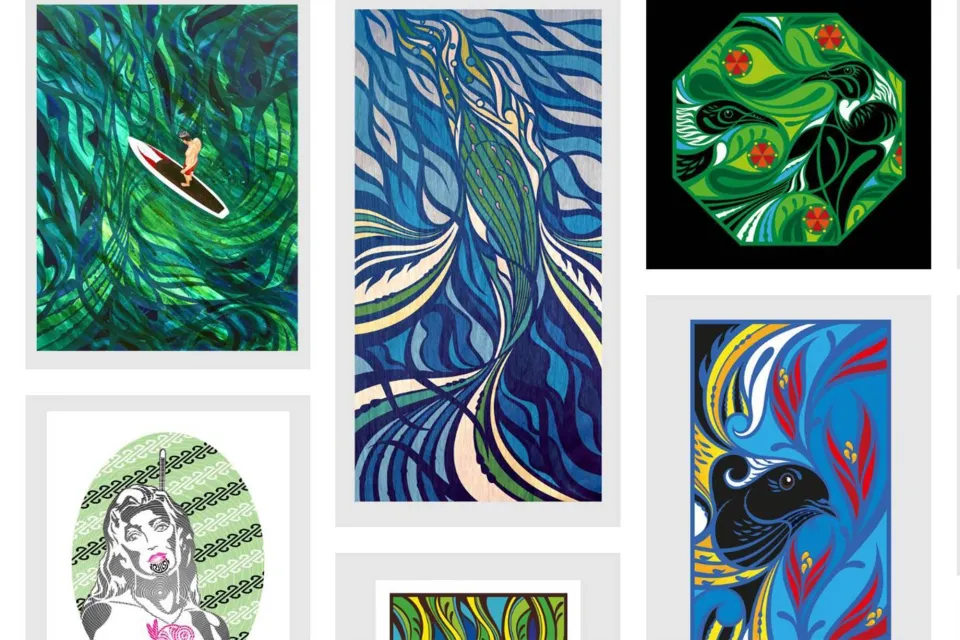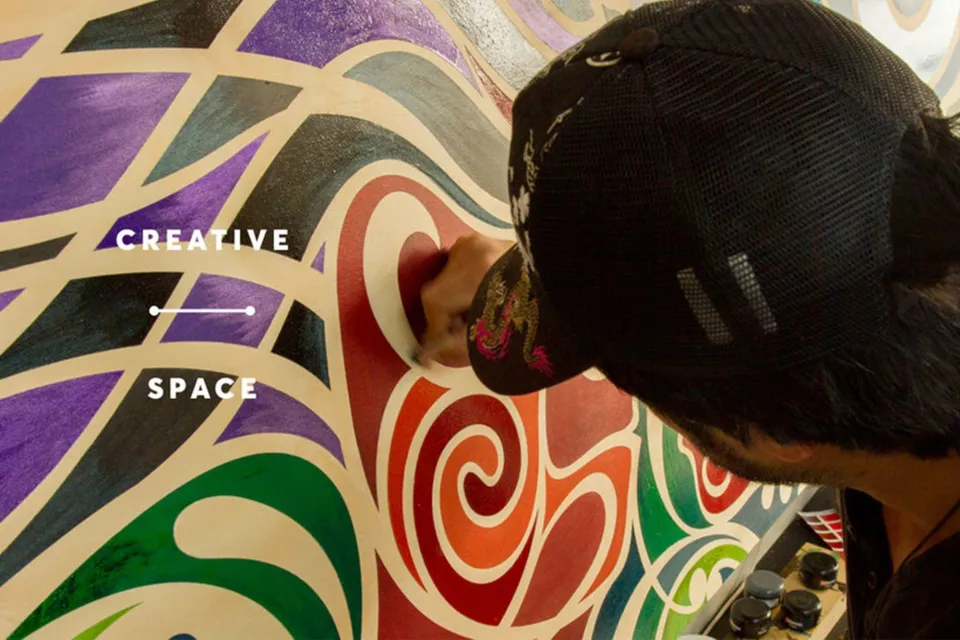-
About
-
Products
- By Timber Product
- Cladding
- Decking
- Joinery
- Screening
- Panelling
- View all
- By Application
- Exterior Cladding / Siding
- Exterior Rain Screen
- Exterior Roofing
- Interior Walls & Ceilings
- Soffits
- Screening, Fins & Battens
- Windows, Doors & Joinery
- Posts & Beams
- Accessories
- Coatings
- Fixings
-
Resources
- By Resource Type
- Technical Data Sheets
- Guides & Manuals
- Technical Articles
- Profile Drawings
- View all
- How To
- How to Specify
- How to Install
- How to Maintain
- Projects
- Contact
HOLIDAY HOURS / Our online customer service is out of office from Friday 19 Dec - Monday 5 Jan. Learn more here.
Why did you get into art and design?
Art has always been a passion for me, there was no escaping it. My Dad and Grandfather were amateur artists – it was something Dad encouraged, although he didn’t work as a creative for a living because it was harder to do that back then.
As a child I was always drawing and making things. Mum had sewing machines at home and used to produce some sweet outfits for us kids! Dad worked at Bonds Apparel and he would bring material offcuts home, so as a teen, I started making my own clothing. I studied textiles at school and from there went on to create my own fashion label.
That’s when I really started thinking about what I could do as a career in the creative industry. I became a fashion designer and did that for around 15 years. While working at Canterbury International as Menswear Designer, an interest was sparked for marketing and design.
So I decided to become a student again and took a short course learning how to use the computer for design. The intention was to establish my own marketing and design business. This happened swiftly, starting a partnership and becoming the Art Director, Idea innovator and Designer for the business, which I did for six years.
It was pretty full on building the business and managing the creative needs of the company. My wife and I were expecting our first child and the stress of work took a toll on my mental health. When my son was born, I had to take a few months off as I was suffering from depression. This became a positive, life changing event.
As part of my therapy, I started painting and engaging with activities that made me feel good – this was the turning point where I decided to become an artist. We both made the commitment to put whaanau and lifestyle first and work second, so this led to our leaving Tamaki and heading rural. We made work fit with our lifestyle and it’s been quite liberating being able to do that.
I see being an artist as broad. I’m not bound by just painting, so I will try anything that I feel inspired to do. Lately outdoor sculpture has been the vibe. I really love the process of having an idea and figuring out how I’m going to achieve it. if I don’t know how to do it I find someone who does. It’s great taking an idea in my head and making it real. Being able to tick it off, pat myself on the back and move on to the next thing.
Art is what I was born to do. It took me most of my life to realise that, so now I am here, I won’t be leaving any time soon.
What are your main inspirations? Have these evolved over time?
The work that people know me for showcases the unique flora and fauna of Aotearoa. It’s also a celebration of culture, whaanau and personal life experiences. I’m inspired by the senses - sights, sounds, smells, tastes – these give me the lifeforce that I feel.
I want the artwork I share to be uplifting, inspiring and aspirational. Colour effects my mood, so my pieces are vibrant and eye-catching with the intention of creating positive energy.
The evolution of my art is subtle. I think my signature works have become more ‘musical’ in the way they flow and express themselves. There is a faster pace to them and have a more smooth visual narrative than earlier pieces. The cultural motifs have become less traditional, possibly more suggestive than obvious.
How do you work client demands into your own design vision for a piece of work?
When I was a designer/art director, people had more of a tendency to tell me what to do, or want to influence my work. That changed when I became an artist, the client wants what the artist does and doesn’t tend to question it. Being an artist is very liberating creatively.
I get commissioned to creative personal pieces for clients. It all
starts with an initial conversation, where we get to know each and build
a rapport. It can be a very personal and emotional meeting, asking
questions about what the work needs to represent for them. I feel
privileged to be able engage with the client in this way. This
communication helps inform the general direction of the artwork.
A lot of your work involves wood. How did you first come to know about Abodo?
When we moved from Auckland to Tutukaka, our new house had no garage or studio space to set up what I needed. We have one hectare which is mostly native bush, but the house sits up on a knoll so we had a good sized flat space to work with.
One of the Small Houses books offered inspiration and ideas on materials. I wanted our build to fit with our lifestyle, asthetics and the environment – to be cohesive with it.
So I started brainstorming, thinking of using colorsteel with
cladding and did a bit of research. A lot of places on the Tutukaka
Coast are using cedar cladding, which isn’t so great
environmentally…chopping down 200 year old trees.
About the same time I did a surfboard making workshop where Daniel Gudsell (Abodo founder) was in attendance – so we got to talking about some of the things Abodo was doing, including charred timber, ply and timber cladding options. I had read an article a few years ago, about an issue one New Zealand company faced when they exported treated timber
to the Pacific Islands – and was interested to learn that that was Daniel’s business and the reason he started Abodo.
Daniel sent some of Abodo’s cladding samples up and we talked to the builder about it. It was really interesting because some of the other samples we had were already warping. The quality of Abodo’s cladding, the environmental credentials and the superior physical appearance, made it the preferred option for the build.
The design angles of the building, construction requirements and attaching the cladding, posed a challenge for the builders at times. They were aware of my design aspirations and requirements, so worked with the complications to achieve ‘what Shane wants!’.
They did an amazing job working it out and making the finish look mint!
I saw the build as an opportunity show what you can do with an interior and exterior – for example incorporating motifs and personalisation into a building. For the studio we even wrapped the internal pole in the exterior cladding (it was going to be just gib) – and it’s the best part about the inside of the building.
Recent news
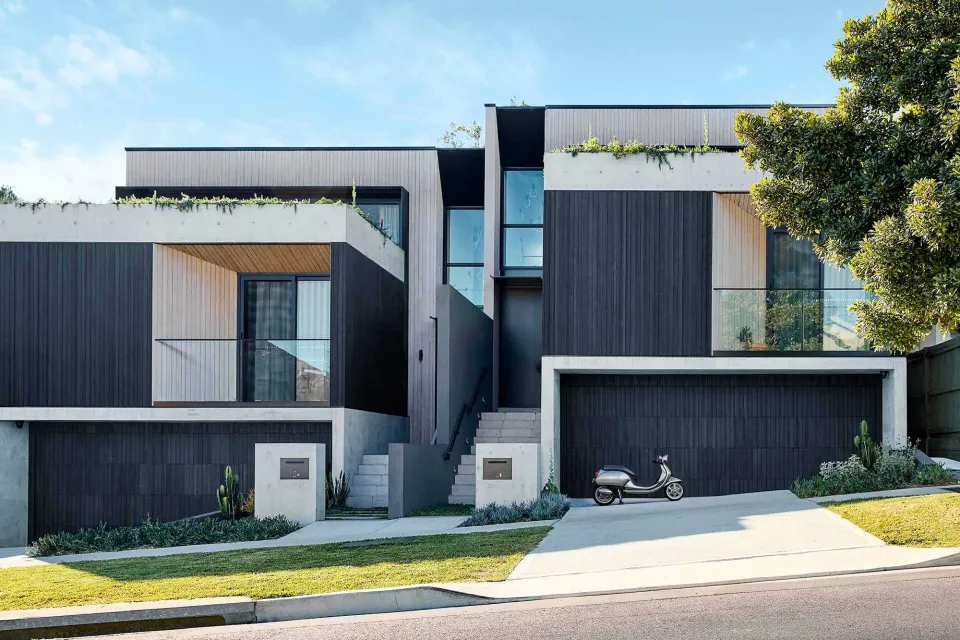
Announcing Millworks / A New Architectural Partner - UK
Specialising in innovation-led timber systems, Millworks deliver timber solutions that combine high performance, sustainability, and technical confidence.
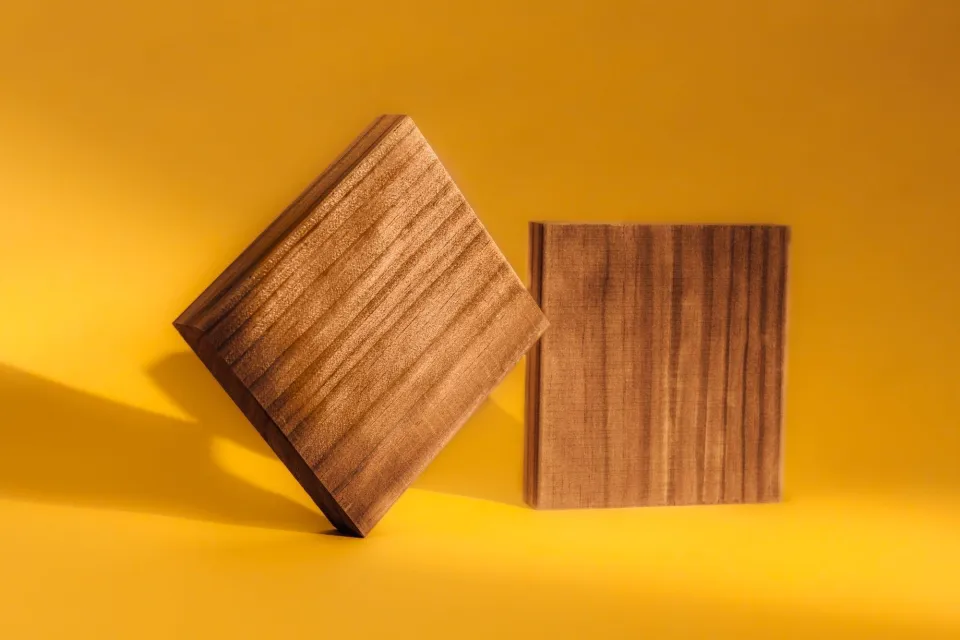
Updates to Abodo's UK Product Range
Updates include our new Vulcan® Smooth Decking product and discontinuing Flatsawn Cladding + Joinery.
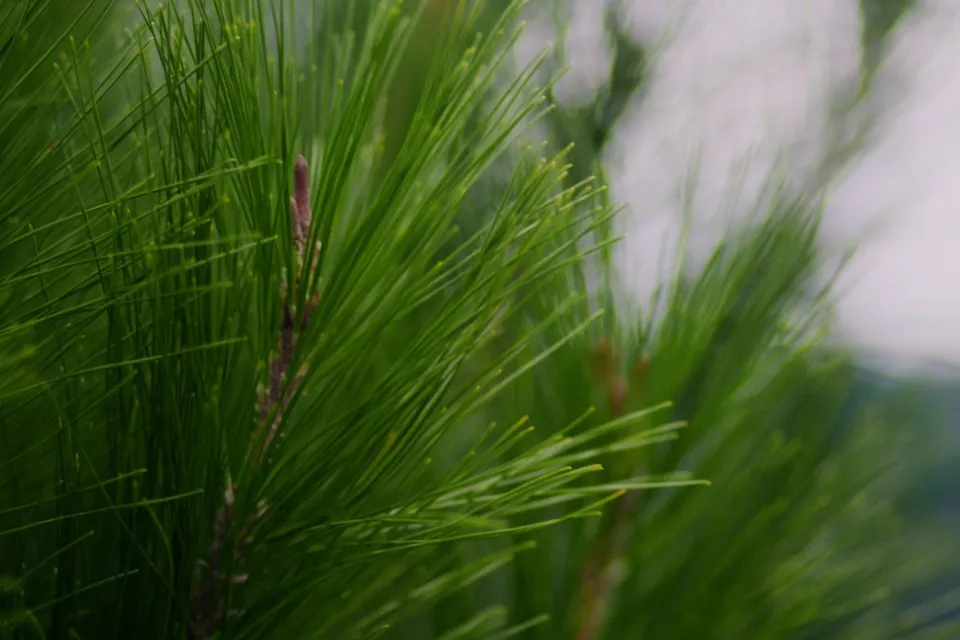
Holiday Operating Hours 2025
Wishing you a Merry Christmas and a happy holiday season.
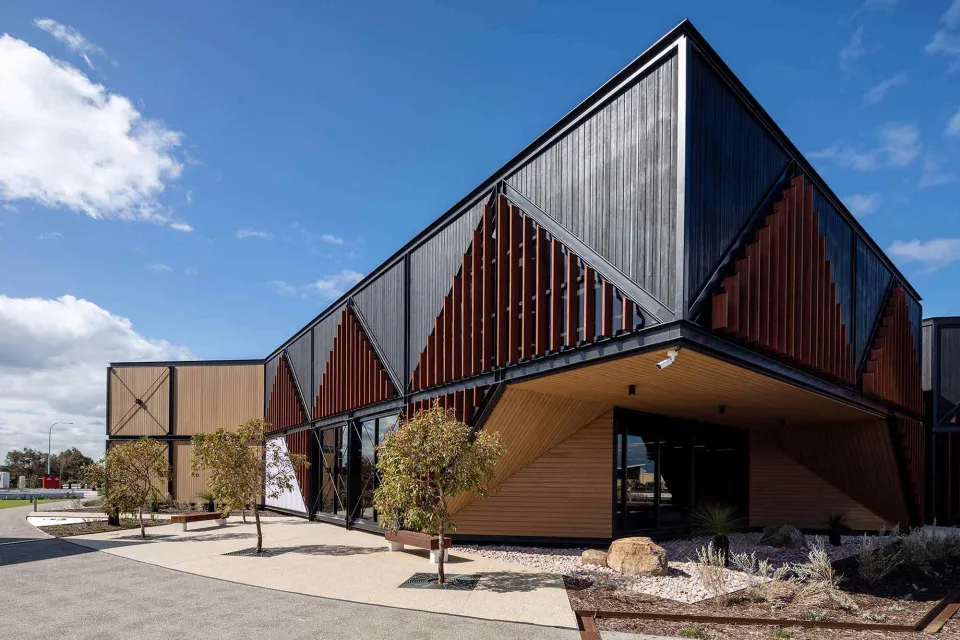
Falcon Timber Appointed as National Distributor - UK
New nationwide distribution partnership announced, expanding Abodo offerings in the UK through Falcon’s extensive distribution network


